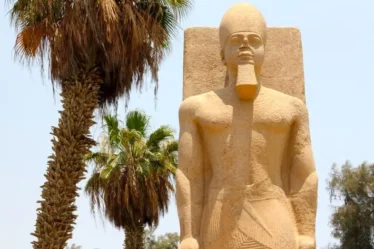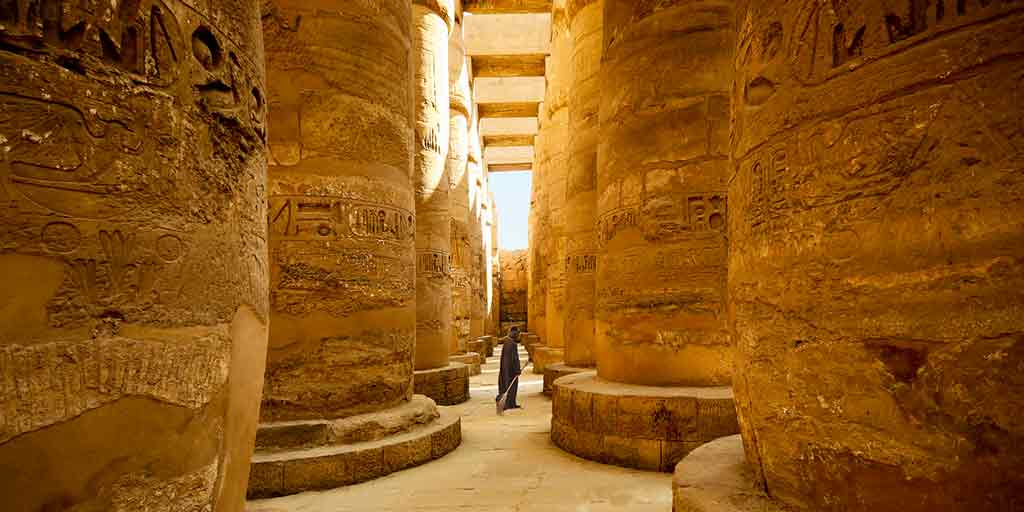
Discover the rich tapestry of ancient Egyptian history by exploring the magnificent world of pharaohs. Egypt, the land of pyramids and hieroglyphs, has a plethora of archaeological sites that bear witness to the remarkable legacy of its pharaohs. In this article, we will delve into a curated list of Egyptian pharaohs that every traveler must visit. From the towering statues of Ramses II to the mystique of Cleopatra, these historical figures offer a glimpse into a bygone era. Join us on a captivating journey as we explore the wonders of ancient Egypt through its pharaohs.
Table of Contents
Unveiling the Pharaohs of Ancient Egypt
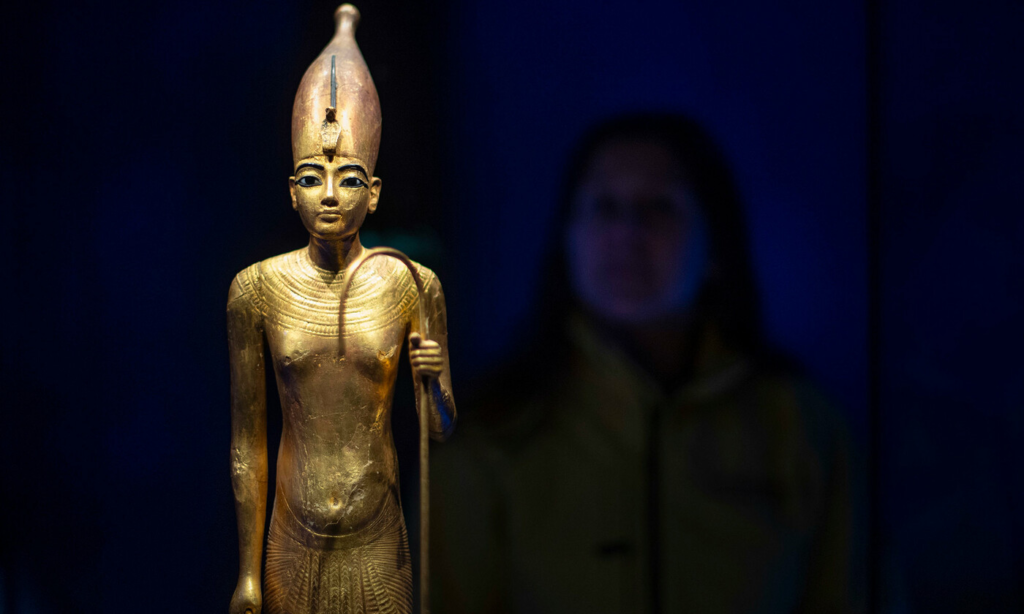
Ancient Egypt was a civilization deeply rooted in the belief in divine kingship. Pharaohs, considered living gods on Earth, wielded immense power and left behind a lasting imprint on Egyptian culture. The list of Egyptian pharaohs spans over thousands of years, with each ruler contributing to the development of the kingdom. Let us embark on a chronological exploration of some of the most unforgettable pharaohs, from the Old Kingdom to the New Kingdom, and understand their significant contributions to Egyptian history.
The Old Kingdom: A Glimpse into Egypt’s Origins
The Old Kingdom, also known as the “Age of the Pyramids,” witnessed the rise of powerful pharaohs who left behind awe-inspiring monuments. Khufu, the pharaoh associated with the Great Pyramid of Giza, stands as a testament to the architectural prowess of this era. Menes, the legendary first pharaoh who unified Upper and Lower Egypt, set the stage for the long lineage of pharaohs to come. The Old Kingdom serves as a foundational period in Egyptian history and offers travelers a glimpse into the origins of this magnificent civilization.
The Middle Kingdom: A Period of Restoration and Stability
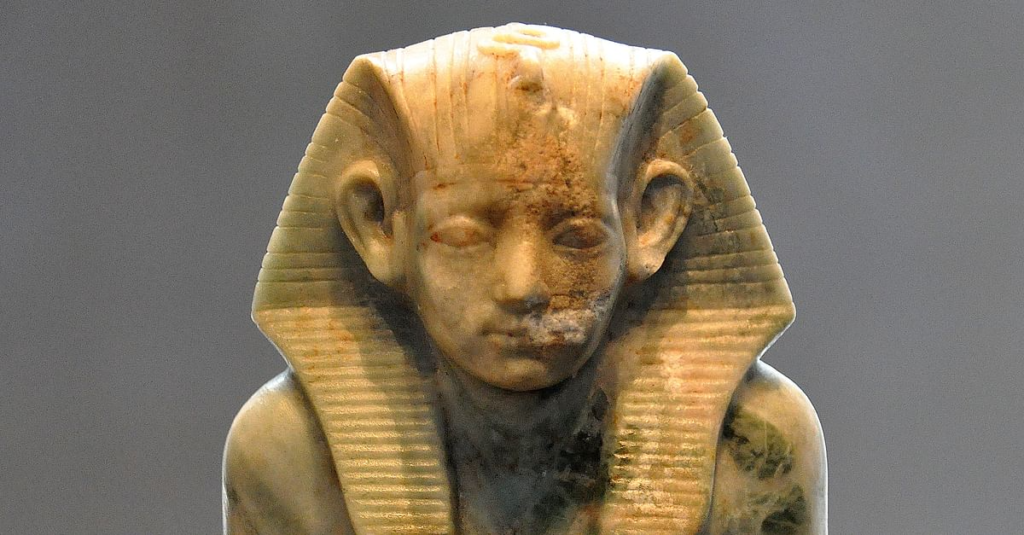
Following a period of upheaval, the Middle Kingdom ushered in an era of restoration and stability. Pharaohs such as Mentuhotep II and Senusret III played instrumental roles in rejuvenating Egypt and strengthening its economy and infrastructure. Travelers exploring the Middle Kingdom can witness the grandeur of mortuary temples like the Temple of Hatshepsut, which pays homage to one of Egypt’s few female pharaohs. Immerse yourself in the golden age of the Middle Kingdom and appreciate the artistic and architectural marvels left behind by these pharaohs.
The New Kingdom: Egypt’s Golden Age
Considered the most illustrious period in Egyptian history, the New Kingdom witnessed the rise of powerful pharaohs who expanded Egypt’s borders and established a vast empire. Among the remarkable rulers of this era, Tutankhamun, the boy pharaoh, captured the world’s imagination with his magnificent tomb. Hatshepsut, the female pharaoh known for her unprecedented reign, left a legacy of trade and prosperity. Ramses II, often referred to as Ramses the Great, reigned for over 60 years and erected monumental structures such as the temples of Abu Simbel. The New Kingdom is a treasure trove for travelers seeking to witness the grandeur and splendor of ancient Egypt.
Exploring Lesser-Known Pharaohs: Hidden Gems
While the famous pharaohs of Egypt hold immense allure, exploring the lesser-known rulers can be equally captivating. Pharaohs like Amenemhat III, Akhenaten, and Seti I have left their mark on Egyptian history, each with their unique contributions. Amenemhat III introduced agricultural reforms that revolutionized the economy, while Akhenaten introduced a revolutionary religious shift with his devotion to the sun god, Aten. Seti I, the father of Ramses II, left behind magnificent temples adorned with intricate carvings. These hidden gems offer travelers a chance to discover lesser-explored aspects of ancient Egyptian civilization.
The Legacy of Cleopatra: Egypt’s Last Pharaoh
No list of Egyptian pharaohs would be complete without mentioning Cleopatra, the captivating queen who marked the end of the Pharaonic era. Cleopatra, the last ruler of the Ptolemaic Kingdom, was known for her intellect, beauty, and political prowess. Her alliances and relationships with Julius Caesar and Mark Antony shaped the course of history. Travelers can visit the remnants of Cleopatra’s palace in Alexandria and explore her fascinating life through temples and artifacts dedicated to her reign. Cleopatra’s legacy continues to intrigue and fascinate visitors, making her an essential figure to encounter when delving into list of egyptian pharaohs.
Immersing Yourself in the Pharaonic Experience
To fully immerse yourself in the list of egyptian pharaohs, it is essential to visit the remarkable archaeological sites and museums that preserve their legacy. The Giza Plateau, home to the pyramids of Khufu, Khafre, and Menkaure, provides an awe-inspiring glimpse into the grandeur of the Old Kingdom. The Valley of the Kings in Luxor is a treasure trove of tombs, including the iconic tomb of Tutankhamun. The Karnak Temple complex and the Luxor Temple offer captivating insights into the religious practices of the pharaohs. The Egyptian Museum in Cairo houses an extensive collection of pharaonic artifacts, including the iconic golden mask of Tutankhamun. By exploring these sites, travelers can witness firsthand the magnificence and splendor list of egyptian pharaohs.
Unraveling the Enigma: Decoding Pharaonic Hieroglyphs
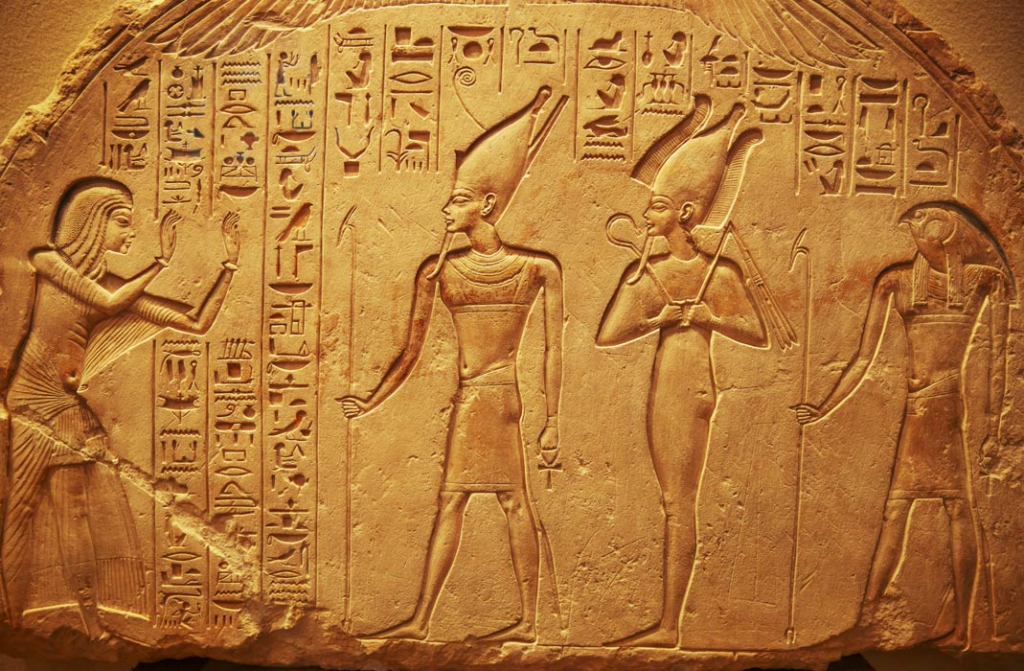
The hieroglyphic script used by the pharaohs remains one of the most intriguing aspects of ancient Egyptian culture. Decoding these intricate symbols unlocks a wealth of knowledge about their lives, beliefs, and achievements. Many temples and tombs feature beautifully preserved hieroglyphic inscriptions, allowing visitors to witness the written legacy of the pharaohs. The Rosetta Stone, a key artifact in deciphering hieroglyphs, can be viewed at the British Museum in London. Travelers interested in unraveling the enigma of hieroglyphs can also explore museums and educational centers in Egypt that offer insights into the writing system of the pharaohs.list of egyptian pharaohs.
Rediscovering the Pharaohs Through Modern Technology
Advancements in modern technology have revolutionized our understanding of ancient Egypt and its pharaohs. Through the use of 3D modeling, virtual reality, and interactive exhibits, travelers can embark on virtual journeys that bring the pharaohs to life. Virtual tours of the pyramids, tombs, and temples provide immersive experiences that transport visitors to the time of the pharaohs. Additionally, the application of scientific techniques such as DNA analysis and radiocarbon dating has shed new light on the lineage and lifestyles of the pharaohs. By embracing these technological innovations, travelers can gain a deeper appreciation for the Pharaonic era and its significance in shaping Egypt’s cultural heritage.
Preserving Egypt’s Pharaonic Heritage for Future Generations
Preservation efforts play a vital role in safeguarding Egypt’s pharaonic heritage for future generations. The Egyptian government, in collaboration with international organizations, continues to invest in restoration and conservation projects to protect the ancient monuments and artifacts. Strict regulations are in place to ensure responsible tourism practices that minimize the impact on these precious sites. Additionally, education and awareness programs aim to instill a sense of pride and ownership among Egyptians regarding their Pharaonic heritage.list of egyptian pharaohs.
International cooperation and support are crucial in preserving Egypt’s pharaonic legacy. Collaboration with experts, archaeologists, and researchers from around the world aids in the documentation, study, and preservation of the pharaohs’ history. It is through these collective efforts that the wonders of ancient Egypt can be safeguarded for generations to come.
Conclusion
Egypt’s pharaohs hold an irresistible allure for travelers seeking to delve into the mysteries of ancient civilizations. From the mighty rulers of the Old Kingdom to the enigmatic Cleopatra of the Ptolemaic era, each pharaoh has left an indelible mark on Egypt’s cultural heritage. By exploring the awe-inspiring archaeological sites, deciphering hieroglyphic inscriptions, and embracing modern technology, visitors can immerse themselves in the captivating world of the pharaohs. It is through responsible tourism and preservation efforts that the legacy of Egypt’s pharaohs will continue to enchant and inspire generations to come, ensuring that their memory remains alive in the hearts and minds of all who venture to this extraordinary land.
Learn about: Roar with excitement as you embark on an unforgettable journey with Sharjah FC: Unveiling the Ultimate Travel Guide for Sharjah FC Fans

